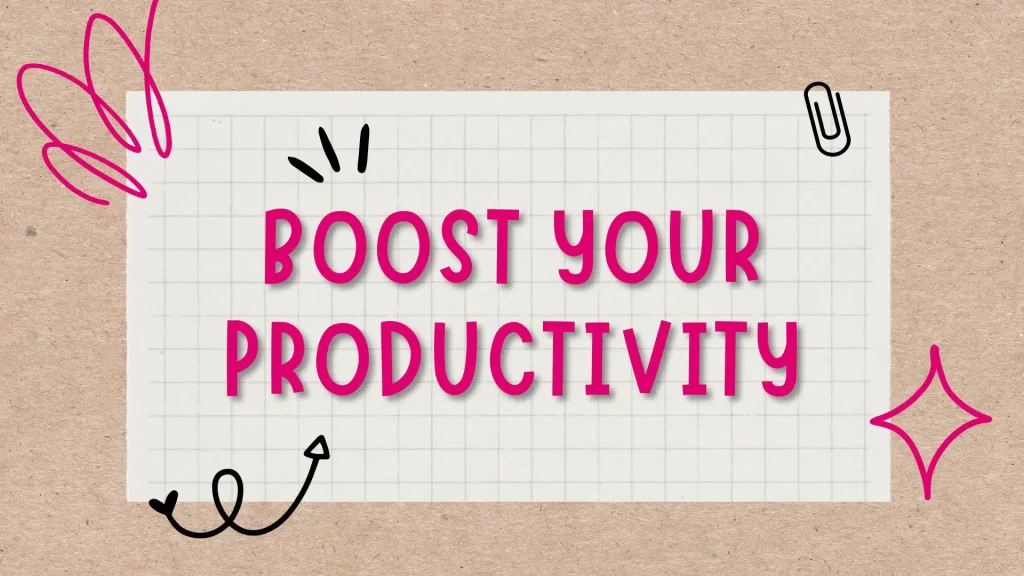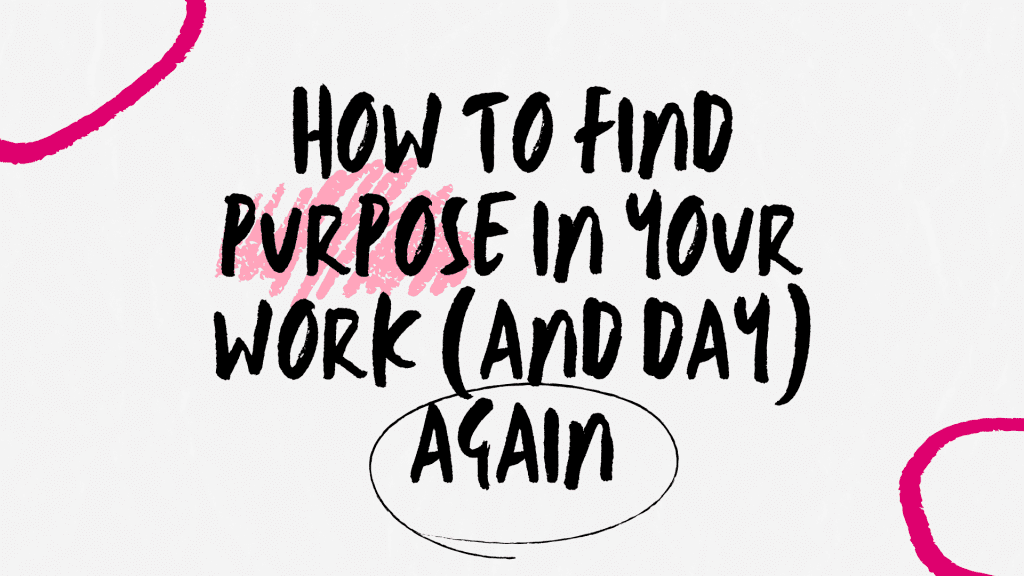
Why you need to ditch perfectionism and embrace failure! Everyone wants to be successful, but there’s a difference between working…

Why you need to ditch perfectionism and embrace failure! Everyone wants to be successful, but there’s a difference between working…

Career burnout is pretty self-explanatory. It’s when we burn ourselves out to the point where we have lost the love…

Self-care is arguably more important now than ever before, with the pandemic & cost of living crisis causing stress levels…

It’s no secret that hundreds of small businesses are suffering from increased wage costs and staff shortages. These issues span…

The pandemic has been transformative in many ways. It has changed how we view our health, how we communicate and,…

Embracing change is the secret to business growth. It allows us to learn how to do things better and adapt…

Many people find it hard to return to work after the long Christmas and New Year slowdown, but the pandemic…

Although Christmas is a magical time of year full of celebration and quality time with family and friends, it can…

Are you feeling burned out from the chronic stress that has been our lives over the past year? Perhaps you…

Imagine yourself when you are in the zone. For example, when are you most confident about what you are doing,…